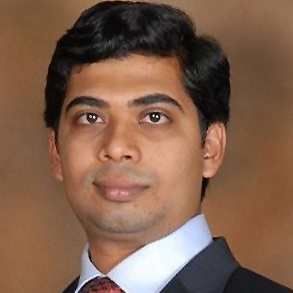
ICASSP 2025 LF-MRI-challenge
Low-field MR Image Quality Challenge
Sep. 2024 - Jun. 2025
Hyderabad, India
The recent resurgence of portable, very low-field MRI systems to improve accessibility is constrained by image quality challenges compared to clinical scanners. The advent of machine learning methods provides a unique opportunity to address gaps in image resolution and signal-to-noise ratio (SNR). As very-low-field MRI gains the attention of the wider research community, this timely grand challenge invites participants from complementary backgrounds in signal processing, MRI analysis, machine learning, and related fields to break ground on this important topic of image quality. The challenge starts in Sep. 2024 and will last until Jun. 2025. To know more about the conference, visit the ICASSP website.







